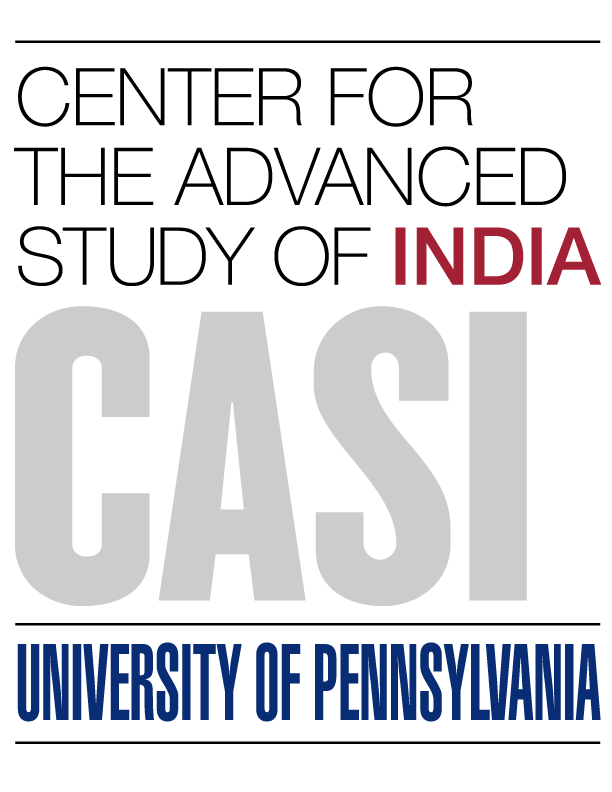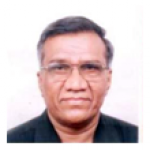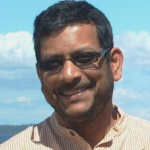The Challenges of Indian Higher Education: A View From Physics


A massive expansion of the number of educated Indians is needed for Indian economic growth to continue at the desired rapid pace. This requires not just an expansion, but also a qualitative upgrading of Indian higher education. However, current trends – and the contrast with East Asia and China – cause a certain level of pessimism about when this will come about.










